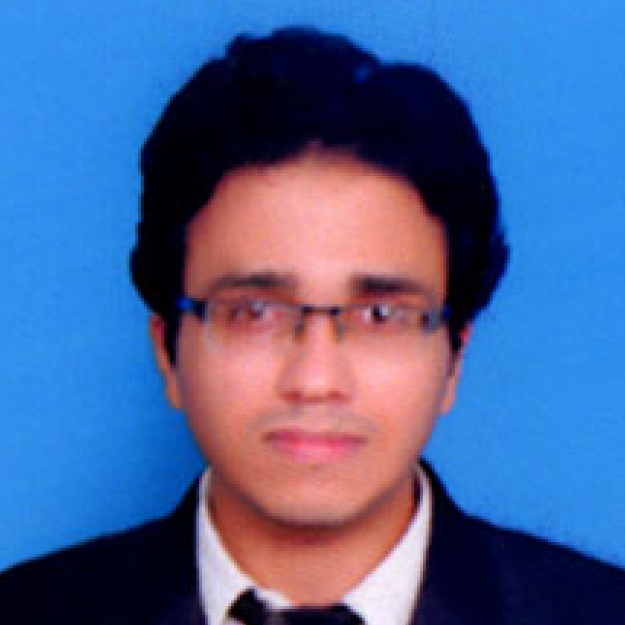
Utsav Bhardwaj
About Utsav
Utsav has a Master of Science (Research) majoring in thermal fluids (mechanical engineering) from the Indian Institute of Technology Madras. Utsav also holds a Bachelor of Technology in Mechanical Engineering from DCRUST Murthal, Haryana.
He is a KVPY Fellow with All India Rank-8; and has completed six research internships at IIT Bombay, IIT Kanpur and IIT Madras in the areas of LTA systems, flow visualization and thermal management.
Utsav worked at Eaton India Innovation Center, Pune, and IIT Madras Incubation Cell, Chennai. He has published in multiple journals, books, and conference publications. In 2017, he won the President of India’s Prize for outstanding academic achievement.
Project details
Modelling and fabrication of optimal fiber-based filter for effective air-borne fine-particle capture
Air pollution is a major medical hazard, and among the world’s most populous countries, the largest increase in the number of pollution-related deaths was seen in India. Capturing of ultra-fine particles is the most challenging. High efficiency particulate air and ultra-low penetration air filters are used to collect fine air-borne particle of minimum size 0.3 and 0.1 μm respectively. Particles are trapped by sticking to a fiber through diffusion, interception, or impaction and sometimes by electrostatic attraction. To reach higher filtration efficiencies without increasing the pressure drop due to small pore size, electret filter media with electrostatically charged microfibers are often used which can even operate for large porosity. These filters generate an electrostatic field in their vicinity and act upon the incoming charged (Coulombic force) or uncharged particles (Polarization force). They are thermally stable and are insensitive to moisture and high temperatures, but efficiency gradually weakens with time. As mentioned by recent paper, filters with high efficiencies, low resistances and dimensional stability are highly desired. They suggested a hierarchical micro/nanofibrous filter for this purpose. The current project proposes to develop numerical model of fibrous filters for fine particle capture. Accompanying the simulations there will be experimental validation and finally an optimized air filter will be proposed. Lattice Boltzmann method for porous media will be used for simulation of filter material with appropriate consideration of boundary condition and forces: Coulomb force and Polarization force. Nonwoven fabrics will be prepared using polymer and employing melt blown technology. The diameter of the fibers will be determined by SEM and image analysis technique. The thickness, weight will also be noted. The process of charging will be carried out by a corona-charging apparatus. The numerically optimized fibrous filter media will be tested for their filtration efficiency and pressure drop using a filter test rig.
View full project details
